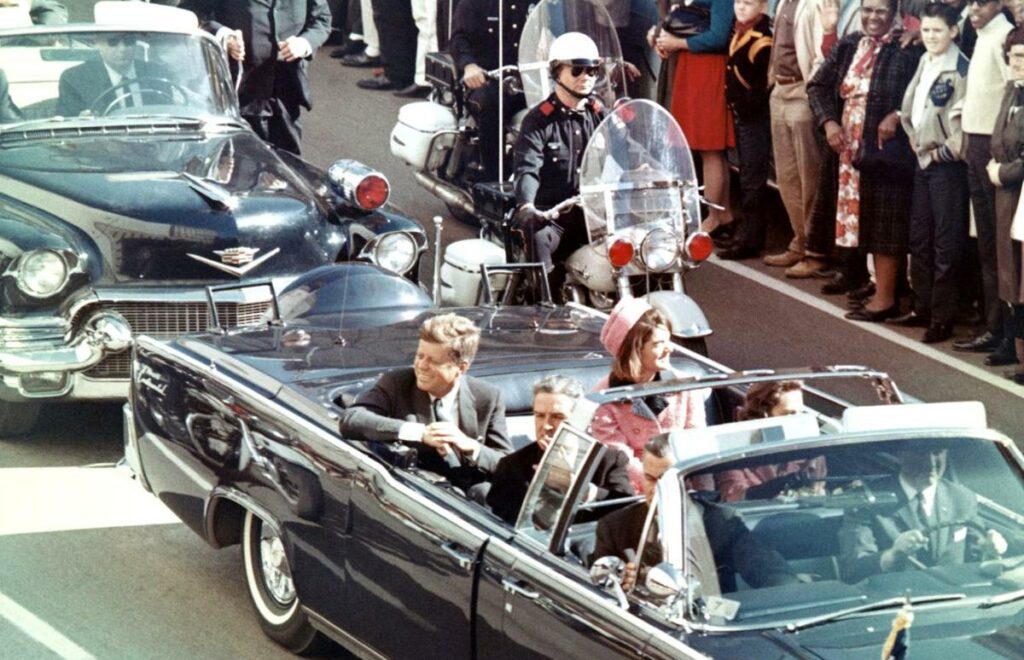Weather that shaped the worldbeibaoke/Shutterstock src=https://s.yimg.com/ny/api/res/1.2/6kAyp7awpxfk_0akEKpGUg–/YXBwaWQ9aGlnaGxhbmRlcjt3PTk2MDtoPTYxOQ–/https://media.zenfs.com/en/loveexploring_uk_835/a80c2689da4851f08a43abb1a46dfad0>
When Mongol emperor Kublai Khan (pictured) – grandson of Genghis Khan – decided to invade Japan in 1274 and again in 1281, he amassed the largest seafaring fleets the world had ever seen in the waters off the island of Kyushu. But Mother Nature intervened as a massive tropical typhoon hit the Mongol fleet on both occasions, killing Kublai’s troops and quite possibly saving Japan. The tale took on mythic status and the ‘kamikaze’ (divine wind), became so famous that it went on to lend its name to the suicide pilots of the Second World War.
Ottoman expansion is halted by rain (1529)Shawshots/Alamy src=https://s.yimg.com/ny/api/res/1.2/qT_wUSOHT8VEYApdIhttuQ–/YXBwaWQ9aGlnaGxhbmRlcjt3PTk2MDtoPTYxOQ–/https://media.zenfs.com/en/loveexploring_uk_835/7bc143e40e654c798b1c6365d8be148e>
It’s well known that the Titanic sank after it struck an iceberg on 14 April 1912 – but what caused that iceberg to be floating so far south in spring? In the early 20th century, only a few hundred icebergs would drift below the 48th parallel each year, but, in 1912, some 1,038 hunks of ice crossed this line. Almost 400 of these were in April – including one that hit the Titanic as it crossed the Atlantic. Some experts have suggested high spring tides, low sunspot activity and glacial melt in Greenland as contributing factors, along with a freezing, moonless night that reduced visibility.
The Dust Bowl drives migration (1930s)INTERFOTO/Alamy src=https://s.yimg.com/ny/api/res/1.2/ghn5UPb1h4D7shcIQg3bCw–/YXBwaWQ9aGlnaGxhbmRlcjt3PTk2MDtoPTYxOQ–/https://media.zenfs.com/en/loveexploring_uk_835/bebe2ac37807f80561a6748a366d0466>
As Nazi forces swept across Europe, Allied soldiers were forced to retreat to the northern French port of Dunkirk in May 1940, awaiting evacuation across the English Channel – and hoping the Luftwaffe German Air Force wouldn’t find them first. The British Navy and 850 privately owned ‘little ships’ set forth to ferry the troops to safety – but what really helped was the weather. The normally choppy Channel was unusually calm, while a dense mist at Dunkirk combined with heavy clouds over Germany hindered the Luftwaffe – meaning more than 338,000 troops were able to escape.
The Russian winter strikes again (1941)
Source link : http://www.bing.com/news/apiclick.aspx?ref=FexRss&aid=&tid=670b89827f9c4b8eb7aafaf531841145&url=https%3A%2F%2Fwww.yahoo.com%2Flifestyle%2F30-times-weather-changed-course-160000292.html&c=16044560958376056400&mkt=en-us
Author :
Publish date : 2024-10-12 21:48:00
Copyright for syndicated content belongs to the linked Source.
